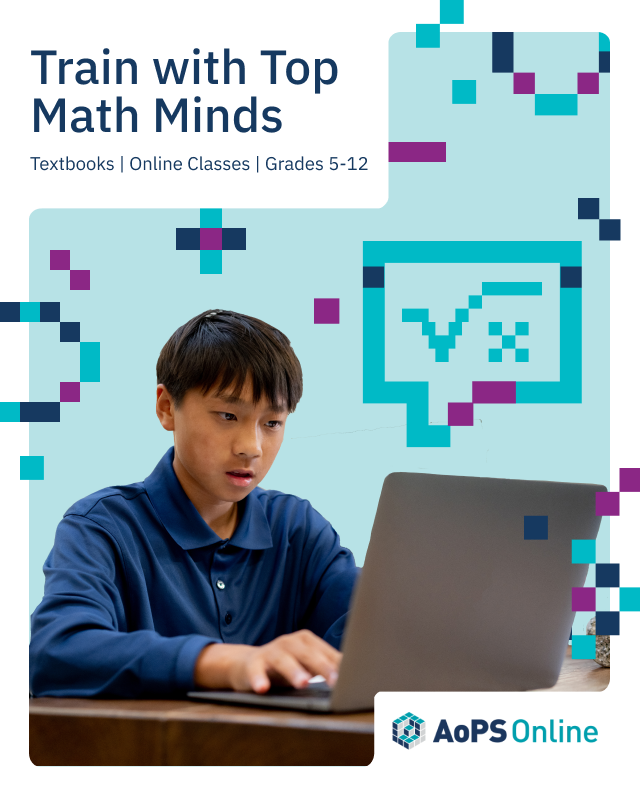Busting the myth that you have to be a STEM expert to teach it to children, educator and author Emily Hunt talks about how to turn STEM into an everyday activity.
Parent and educator attitudes can have a big influence on a student’s educational journey. By modeling enthusiasm toward learning STEM, adults can demonstrate to students the everyday STEM applications to broader life skills.
Author and educator Emily Hunt joins the podcast to discuss how parents and teachers can easily bring STEM thinking into their homes and classrooms through quick and engaging 15-minute activities. Once a reluctant STEM teacher, Emily now says her favorite subjects both in the classroom and at home are STEM. This inspired her to publish two resource books for families and educators titled 15-Minute STEM.
Building STEM Enthusiasm
As a student, Emily disliked STEM subjects most. As a teacher, she knew she needed a basic understanding of STEM but worried her lack of expertise and enjoyment would affect her classroom.
But actually being in the classroom with STEM changed her mind. “I love teaching maths now because I feel like I've got the empathy for children who were feeling like I was at school,” Emily says.
Emily’s whole mindset about the purpose and use of STEM subjects has changed. Rather than just an exam she had to pass so she could move on with her life, she recognized that the skills STEM teaches touch every aspect of life. That’s the attitude she brings to her STEM education strategy.
“When my students were taught in this way, I could see how enthusiastic they were,” she says. “It made me determined to raise awareness about STEM education from there.”

STEM Resources for Elementary Students
After recognizing there just weren’t enough resources out there for elementary-aged students, Emily knew what she had to do. She published her popular resources online.
After that, Emily approached a book publisher, and thus were born the 15-Minute STEM books. Each book has 40 activities, including a real-world hook, easily resourced supplies, and opportunities for further exploration. Students can work on most activities independently, and are encouraged to experience the trials, failures, and successes of the experiment themselves.
Everyday Learning in STEM
Parents and teachers doing STEM are often weighed down by these two false assumptions:
- I’m not a STEM-y person, so I can’t teach those subjects.
- I can’t fit anything else into my school day, especially not STEM.
The Lack of Expertise Myth
Emily points out that people who are in STEM careers don’t consider themselves an expert on everything to do with STEM.
“Teaching children STEM skills is not about knowing all the answers,” she says. “This is something that we can embed into our everyday lives by encouraging curiosity and giving our children opportunities to solve problems.”
The last thing that encourages excitement about STEM is another homework-type workbook. Rather, STEM learning can look like cooking, learning to code, growing your own plants, and stargazing.
Here are some examples of activities you can do that bring STEM into everyday life:
- Counting change in a shop
- Measuring ingredients for a cake
- Visiting a zoo or museum
- Going on a nature walk
- Looking for fossils on a beach
- Taking a toy apart
- Playing with puzzles
- Playing board games or logic games
- Reading STEM picture books
The Lack of Time Myth
STEM can be easily integrated into activities you’re already doing as a classroom or household before dinner, on weekends, or throughout school holidays, Emily says. (The 15-minute activities, by the way, have been tested to ensure that they really do take just 15 minutes.)
“This is something that's really fun that we enjoy doing with our children,” she says. We're giving them a problem and they're solving it, then we can have a chat to work out what we've learned from that.”

Action Steps for Parents
To the family that wants to become an “everyday STEM” family, Emily gives these suggestions:
1 — Point Out STEM in Everyday Life
Parents can and should make the case that science, technology, engineering, and mathematics touch our daily lives in positive and interesting ways.
2 — Incorporate STEM in Everyday Life
A household in which children gather around a microscope or think of a ruler as a toy is one that recognizes STEM is not just about test results but about skill building and lifelong learning.
Guest Links
--
This episode was brought to you by Art of Problem Solving, where students train to become the great problem solvers of tomorrow.
To get weekly episode summaries right to your inbox, follow the podcast at the bottom of this page or anywhere you get podcasts. Ideas for the show? Reach us at podcast@aops.com.












